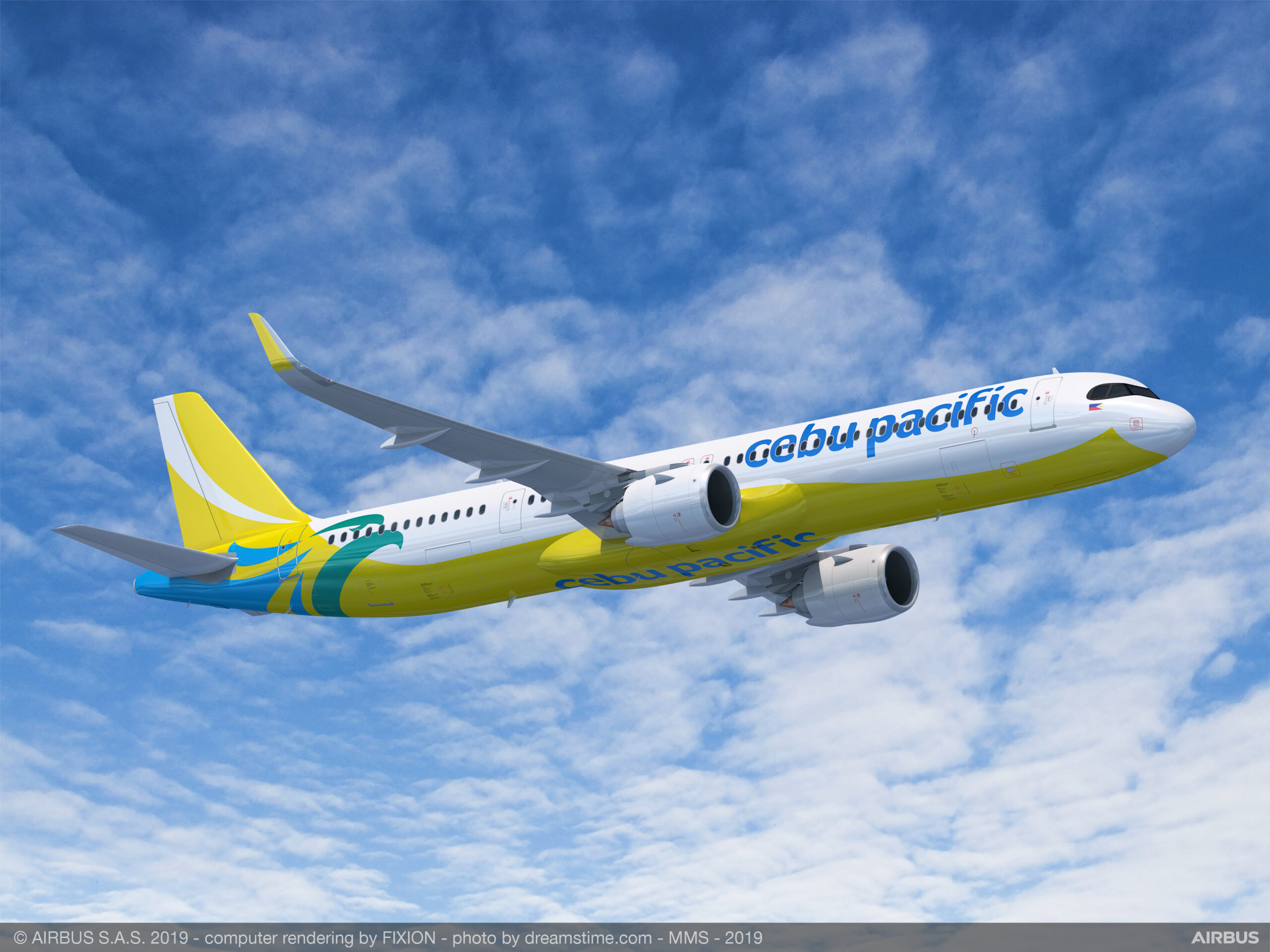With an outstanding order of 10 Airbus A321XLR, Cebu Pacific’s practical move could be a game-changer for the airline. The future arrival of Airbus’ newest plane will enable the Philippines’ leading low-cost carrier to reach new heights.
During the Paris Air Show in June 2019, Airbus launched the longest variant of the Airbus A321neo series dubbed as the Airbus A321XLR, short for “Xtra Long Range”. The single-aisle, narrowbody jet can carry up to 244 passengers in an all-economy class configuration.
Aside from the “unparalleled” fuel efficiency of the aircraft, the A321XLR also enables airlines to launch long and thin, point-to-point routes with its operating range of up to 4,700 nautical miles (8,700 kilometers) — a 15-percent increase from the A321LR’s range.
In Cebu Pacific’s case, it will be a true game-changer. The A321XLR will allow the airline to tap to medium and long-haul destinations with an unpractical demand to deploy a 436-seat Airbus A330. The new aircraft is designed for long and thin routes, paving the way for the launch of international long-haul flights from Cebu, Davao, and other secondary hubs.
The entry of the XLR may also usher in a direct, non-stop Cebu to Sydney service in the future. The demand for that route may not be as strong especially with the presence of a Manila to Sydney flight, but with the XLR, it can be feasible enough now. On the other hand, there could also be a Davao to Tokyo and a Cebu to Dubai service.
For the Manila hub, a gradual relaunch of its former flights to the Middle East and an expanded Australian route network could be a possibility. The A321XLR will also allow Cebu Pacific to reenter the American market through the launch of a non-stop Manila to Honolulu service.
However, we expect that the XLRs will be based around the airline’s secondary hubs in the Philippines. The new Airbus A330neo may be concentrated on the Manila hub given the pre-pandemic slot constraints and terminal capacity problems. Nevertheless, the arrival of the A321XLR, which is expected around 2025, will be highly beneficial for the budget airline.























Leave a comment